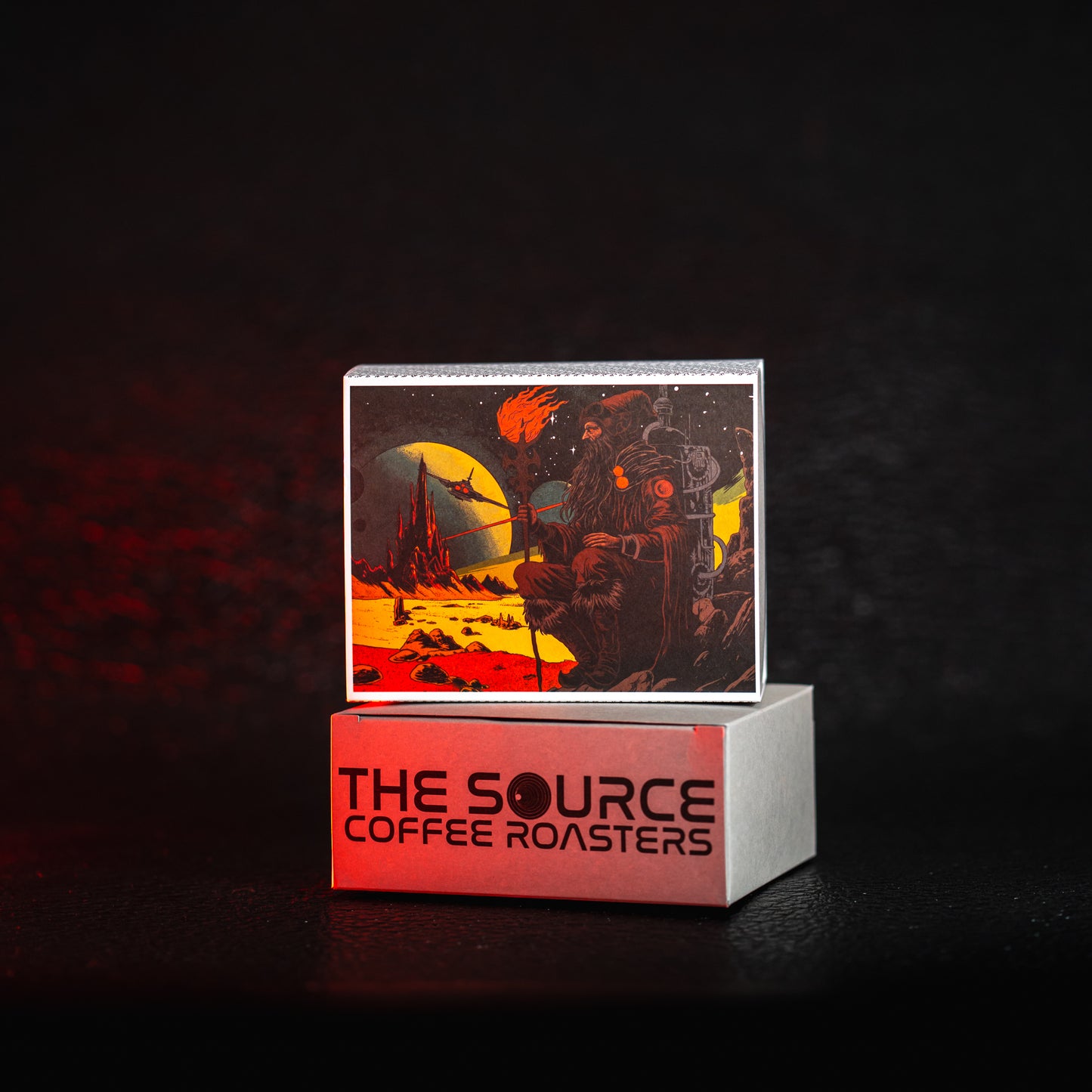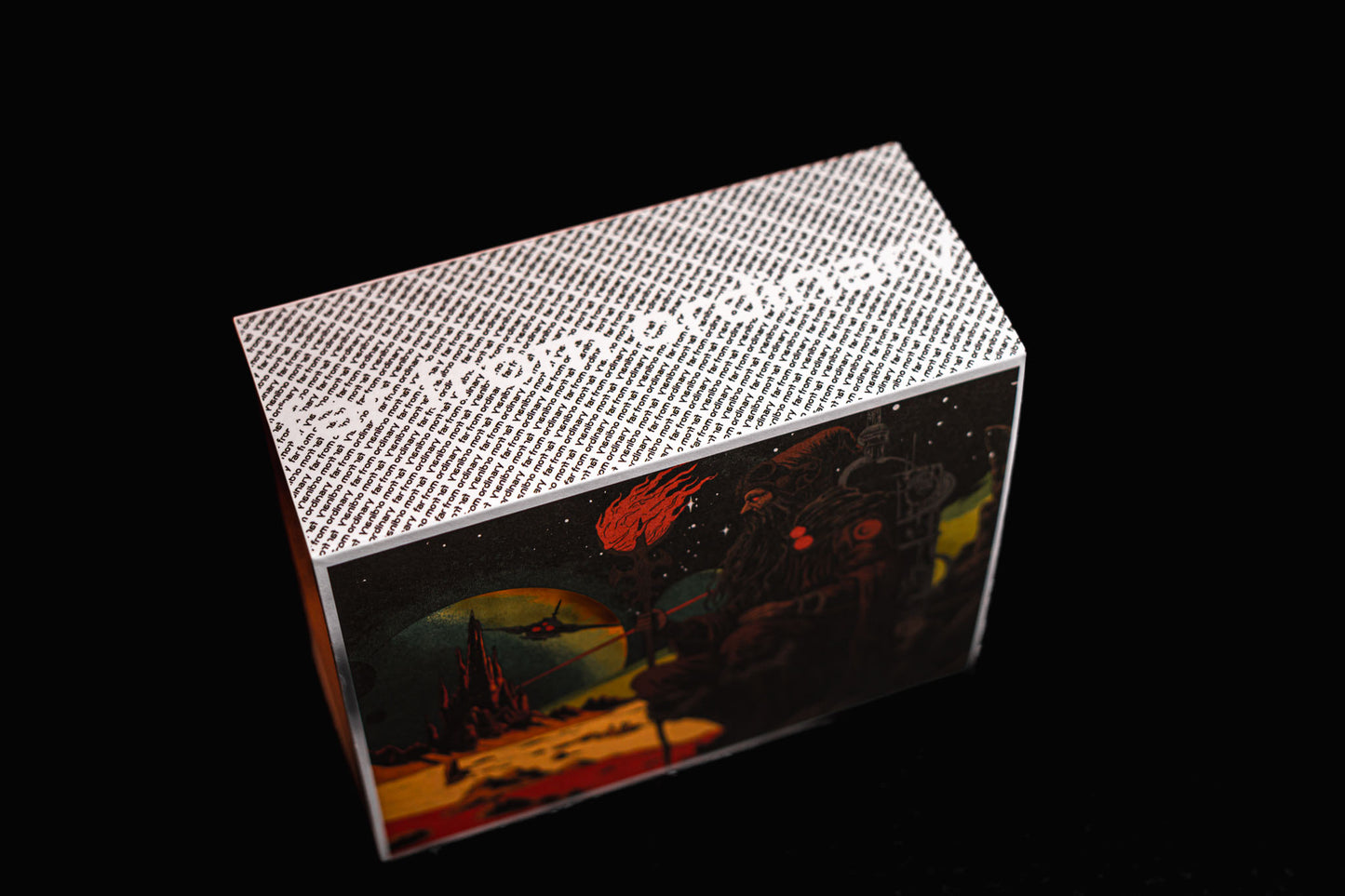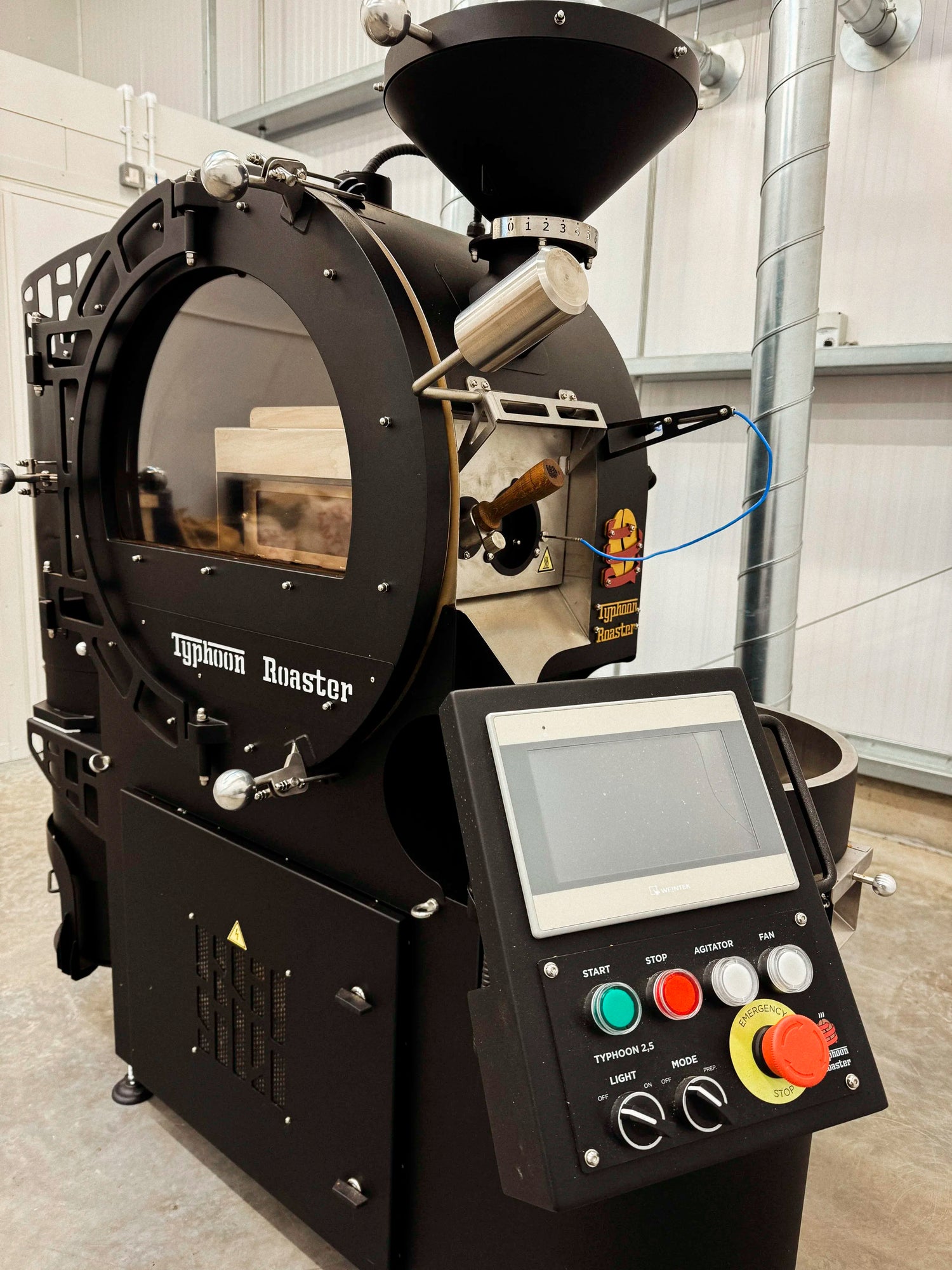quebraditas thermal shock gesha
quebraditas thermal shock gesha
Couldn't load pickup availability
FAR FROM ORDINARY…
THERMAL SHOCK GESHA!
alt: 1700 masl
variety: gesha
process: thermal shock + yeast inoculation
region: huila, colombia
cup profile: white peach - mango - jasmine
This stunning thermal shock Gesha from Huila, Colombia has delicate floral overtones, lively tropical fruit acidity, a smooth finish and lingering peach-like sweetness. This coffee is truly something special, and we are delighted that we’re able to bring it to you!
Edinson Argote is a passionate young coffee producer with extensive experience in the industry. He became an orphan aged three when his mother passed away and was brought up by his sister. He decided to leave his home when he was 11 years old and started working in different places. When he was 18 years old, he joined the army where he completed 18 months of service.
His real introduction to speciality coffee came after completing his army service at 20 years of age when he worked for his cousin at a local coffee buying station in Acevedo-Huila, loading and unloading coffee. It was during this time that Edinson developed a keen interest in coffee cupping, pursuing courses to enhance his sensory skills.
PROCESS
1. Harvesting: This is carried out ensuring a minimum of 90% ripe cherry.
2. Floating: This ensures the removal of green, overripe, and dry cherries.
3. Oxidation: This is done in food-grade plastic drums for 24 hours.
4. Pulping: The cherries are pulped dry.
5. Oxidation after pulping: For 24 hours in order to remove the mucilage. The
coffee is then washed at temperatures of 45°C, creating a thermal shock.
6. Fermentation: For 62 hours at temperatures below 25°C with specific yeast.
7. Fermentation completion: After 62 hours, the coffee is washed at
temperatures of 5°C to seal the fermentation.
8. Drying: After the 62 hours of fermentation, the coffee goes into drying, which
is carried out for 76 hours at average temperatures of 40°C.
9. Stabilisation: This is done in grainpro-type bags
QR CODE ON BOX LABEL IS A BREW GUIDE
**IMPORTANT SHIPPING INFO**
PLEASE SELECT FROM TRACKED 24 or TRACKED 48 SHIPPING.
Temperature
Temperature
For pour-over filter methods, aim for the mid 80’s. We are aiming to preserve the sweetness of these coffees. Espresso, aim for lower 90’s.
Ratios / dose / bloom
Ratios / dose / bloom
Pour over:
Larger doses, smaller water ratios.
Initiate a bloom with minimal water, leave for up to a minute then start your pulse pours to the desired amount.
Espresso:
For larger doses, aim for a slightly larger yield than a 1:2 ratio but again cater to your taste. Use a pre-infusion if possible. Aim for an extraction in the mid-20 seconds.
Rest periods
Rest periods
Please ensure a rest period of at least 3 weeks for ALL brew methods; each coffee will be different in terms of rest needed. All our coffees will benefit from a substantial rest period of anywhere from 3-6 weeks (!) Ideally, you will grind what coffee you need and not keep pre-ground coffee for any length of time. Espresso generally needs a longer rest period than filter coffees, to fully de-gas and settle.
Freezing
Freezing
Please don’t freeze our coffees, it’s largely to do with the nature of the rest periods needed to develop profiles. As soon as a coffee is frozen, the development stage stops.





our process
we roast coffee in Livingston, near Edinburgh. Our roaster of choice is a typhoon fluid bed roaster. All electric.
all our coffees are rested before selling, to ensure they have developed fully before brewing. Optimal drinking is around the 3 week past roast date mark, although each coffee is uniquely different.




